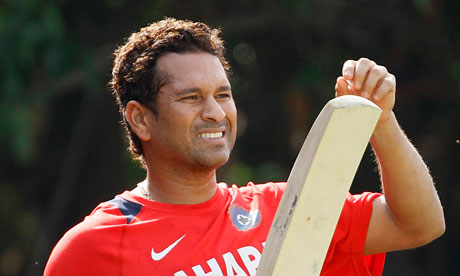
India have admitted that their refusal to use technology to assist umpiring decisions for the upcoming Test series against England is due to their refusal to accept Hawk-Eye's accuracy.
Indian cricket board officials reject the aid's predictive element even though Hawk-Eye claims an accuracy of under 25mm even in the most "extreme" lbw decisions and the evidence has convinced the International Cricket Council to implement the system worldwide.
The BCCI's president Shashan Manohar said: "I have told the ICC that we have no problem with Hot Spot. Our objection is to ball-tracking – it just becomes a case of someone else's imagination versus the umpire's imagination."
The assertion by a leading BCCI official that Hawk-Eye is based on "imagination" will hardly persuade the international cricketing fraternity that India are making a serious attempt to analyse the science behind it.
The Umpire Decision Review System (UDRS), which allows teams to challenge an umpire's decision, has been accepted by most leading nations and was in use at the World Cup, which was co-hosted and won by India. They, however, have been against the system from the time it was used on a trial basis in their series against Sri Lanka in 2008.
UDRS is increasingly credited in England with enhancing good umpiring, demanding greater player responsibility and removing flash-points. Without it England's four-Test series against India can look forward to some good, old-fashioned rows.
If anybody might change the BCCI's stance it is Sachin Tendulkar. Cynics suggest that he is resistant to the use of UDRS because the world's most celebrated batsman tends to get the benefit of the doubt in borderline decisions.
Not so. Tendulkar told ESPNcricinfo: "I'm not against UDRS but I feel it will be more effective with the support of Snickometer and Hot Spot technology. This will give more consistent results."
The England and Wales Cricket Board's response to India's refusal has at best been measured, limited to a vague expression of disappointment. A spokesman said that England are "comfortable" with UDRS. As the ICC agreement stands, both countries must agree to the use of umpiring technology.
The ICC's cricket committee recommended last month that technological aids be universally adopted in international cricket and although there has been talk of enforcing this at the ICC annual meeting in Hong Kong this month, it would be a major surprise if India's lone stance was overturned or, indeed, if the ECB made a concerted attempt to force the issue.
Hawk-Eye claims that its system has an average error of only 5mm in "normal" instances of lbw appeals, with a maximum error of 15mm. This rises to under 25mm for "extreme" lbw appeals, for example when the batsman is well forward. The current protocol, therefore, allows a safety margin, ruling in favour of an umpire's original decision of 45mm.
None of this appeases India. If Tendulkar is adjudged leg-before at Lord's on 99 off a big inside edge, their view may change. Tendulkar might be sanguine, the rest of India might not.







